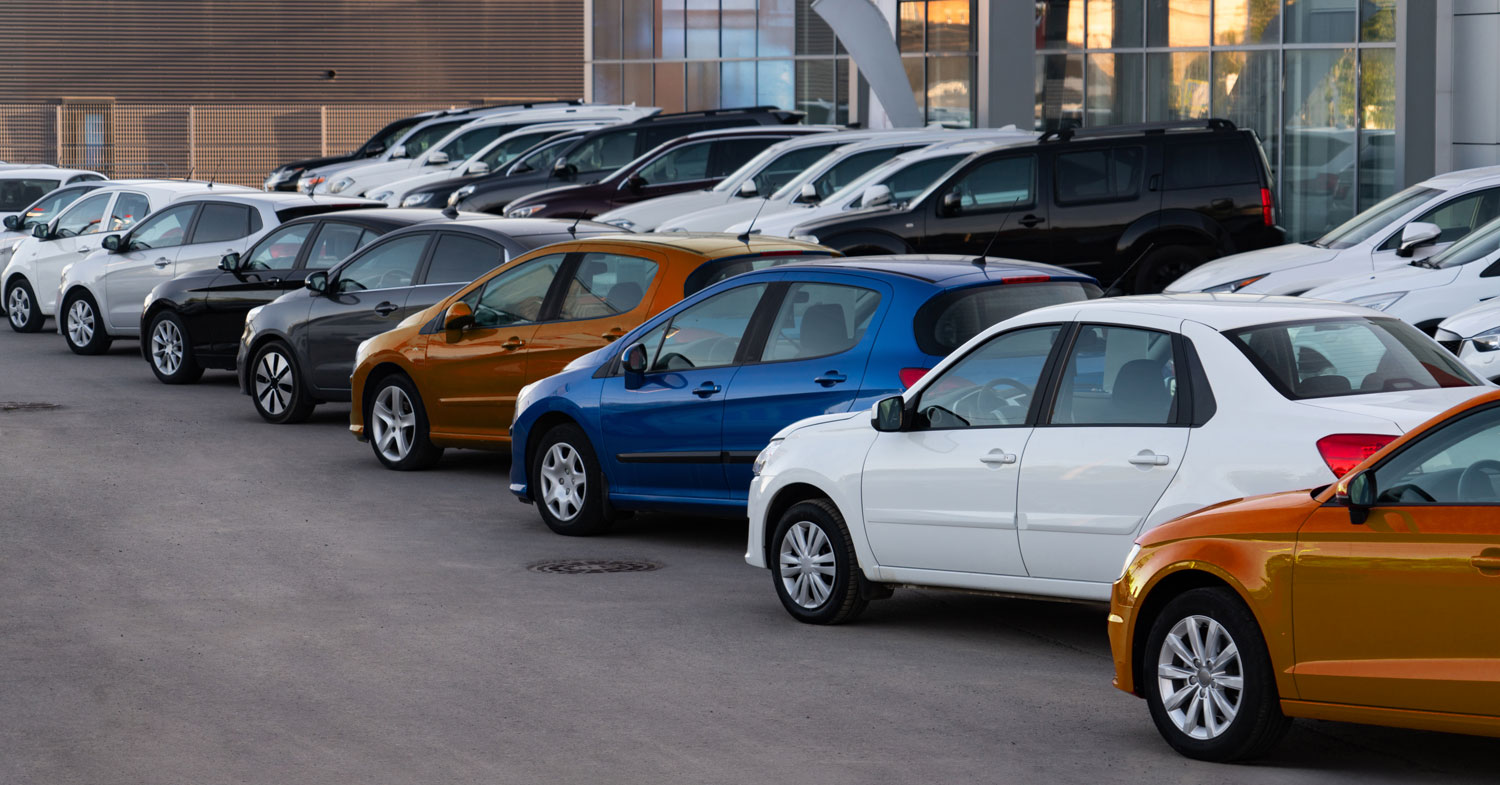
Auto dealers across the nation are grappling with a significant challenge—shrinking used car inventories. Several factors have led to this situation, including the COVID-19 pandemic's impact on the auto market, where fewer leases were signed over the last several years. Many people are also holding onto their vehicles longer due to economic uncertainty and rising expenses, resulting in a sharp decline in the number of cars entering the resale market. Furthermore, auctions, once a reliable source of used car inventory, are offering fewer vehicles. In this difficult landscape, dealers need to get creative to maintain profitability and stay competitive.
Strategies to Combat Inventory Shortages
One of the most effective ways to combat the current inventory shortage is for dealerships to source used vehicles from alternative channels. One option is purchasing cars directly from private sellers. Many individuals who may not be actively looking to sell their vehicles might be persuaded by a competitive offer. Advertising to local markets and encouraging private sellers to sell their cars to the dealership can help boost inventory.
Dealers can also offer attractive incentives to customers who trade in their vehicles. By creating strong trade-in programs, dealerships can incentivize customers to part with their cars, which will keep a steady flow of vehicles available. Additionally, offering referral incentives to existing customers who connect the dealership with friends or family looking to sell their used vehicles can expand the reach of sourcing efforts. This approach turns satisfied customers into advocates, helping to generate a network of potential sellers.
Diversifying Revenue Streams
While these strategies can help mitigate the shortage, they may not fully bridge the gap left by dwindling used car inventories. To protect profitability, dealers must adopt a broader strategy that looks beyond just the inventory and focuses on other areas of the business. One of the most critical aspects to explore is fixed operations—the service and parts department.
Promoting your service drive can provide a significant boost to revenue. With more people holding onto their vehicles longer, there is an increased need for maintenance and repairs. Dealerships should work to ensure that their service department competes effectively with local garages, capturing new customers while retaining existing ones. Offering promotions or loyalty programs for regular service visits can help maintain customer traffic and keep your service bays full.
Enhancing the dealership’s visibility in the service sector can also pave the way for future sales opportunities. As customers come in for maintenance, dealers can subtly promote new and used vehicles, strengthening relationships with potential future buyers. Additionally, focusing on selling parts to both retail customers and repair shops creates another income stream, which can help balance the reduced profit margins from a lack of used vehicle sales.
Looking Ahead
While it’s clear that the used car inventory shortage poses a serious challenge, it also presents an opportunity for dealerships to adapt and thrive by diversifying their focus. By sourcing vehicles directly from private sellers and maximizing trade-in incentives, dealers can keep some flow of used inventory. Simultaneously, emphasizing fixed operations can help maintain a healthy bottom line while waiting for the used car market to stabilize.
Dealers that can successfully adapt their strategies in these challenging times will be well-positioned for future success when inventories normalize. By being proactive, staying customer-focused, and exploring new revenue avenues, automotive businesses can continue to prosper despite the current shortage.
Connect with Neil Brennan today at nbrennan@ezvds.com or on LinkedIn to re-energize your used car strategy!




